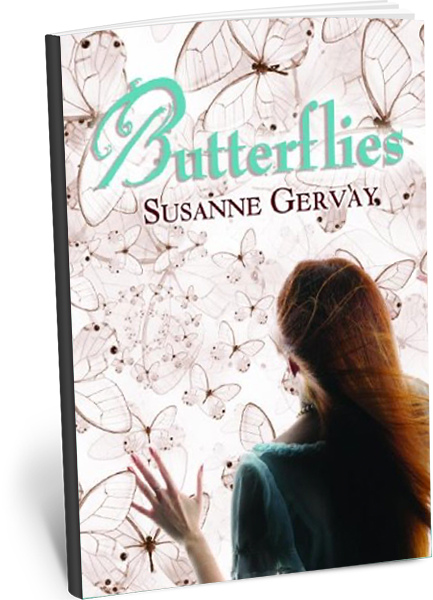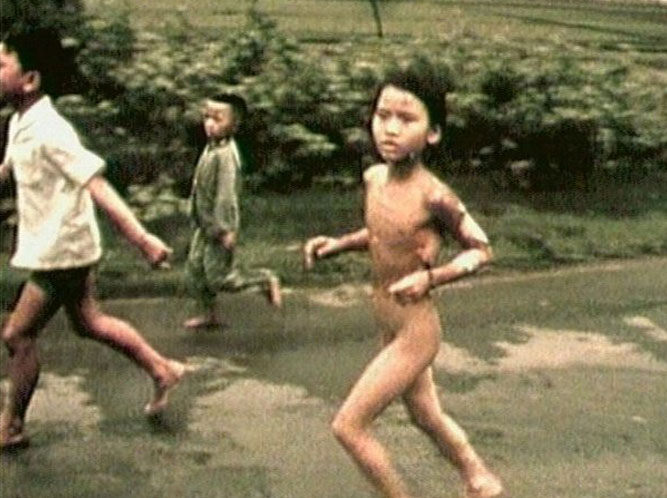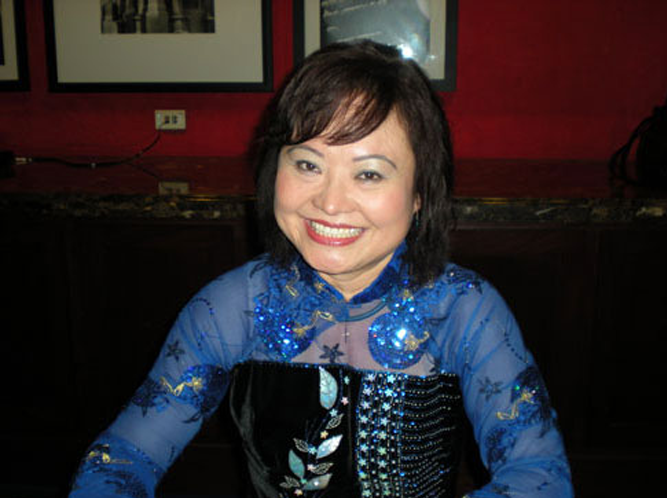It was one of the great moments of my life.
Addressing an audience of survivors, medical teams, firefighters, family and community was painfully confronting. I am a confident speaker who has spoken at major conferences and festivals throughout the world, but I was nervous. How could I address this audience? What if ‘Butterflies’ did not capture their journeys?
After my talk, a line of people wound around the room with ‘Butterflies’ to sign. They wanted to touch and connect with me. Then there was the pivotal moment when a girl with facial reconstruction said to me:
‘I’m 15, nearly 16′ with her softly spoken voice and we touched hands, nothing more had to be said. It was deeply emotional – she wanted to know there was a future for her, and there is.
I was privileged to address the Congress and be part of the faculty with Kim Phuc.
On June 8, 1972, Kim Phuc’s village of Trang Bang came under attack by South Vietnamese planes that mistakenly dropped napalm on a Buddhist pagoda in an area that the North Vietnamese were infiltrating. As the villagers ran, children died, but Kim escaped screaming, badly burned by napalm. Nick Ut’s Pulitzer Prize winning photo captured her escape and his photo became the symbol of the civilian tragedy of war.
Kim’s keynote was inspiring as she related her courageous journey through burns and life to forgive the bombers and use her life to bring healing and peace. She is the UNESCO Ambassador for Peace and has established the Kim Phuc Foundation for the child survivors of war.




